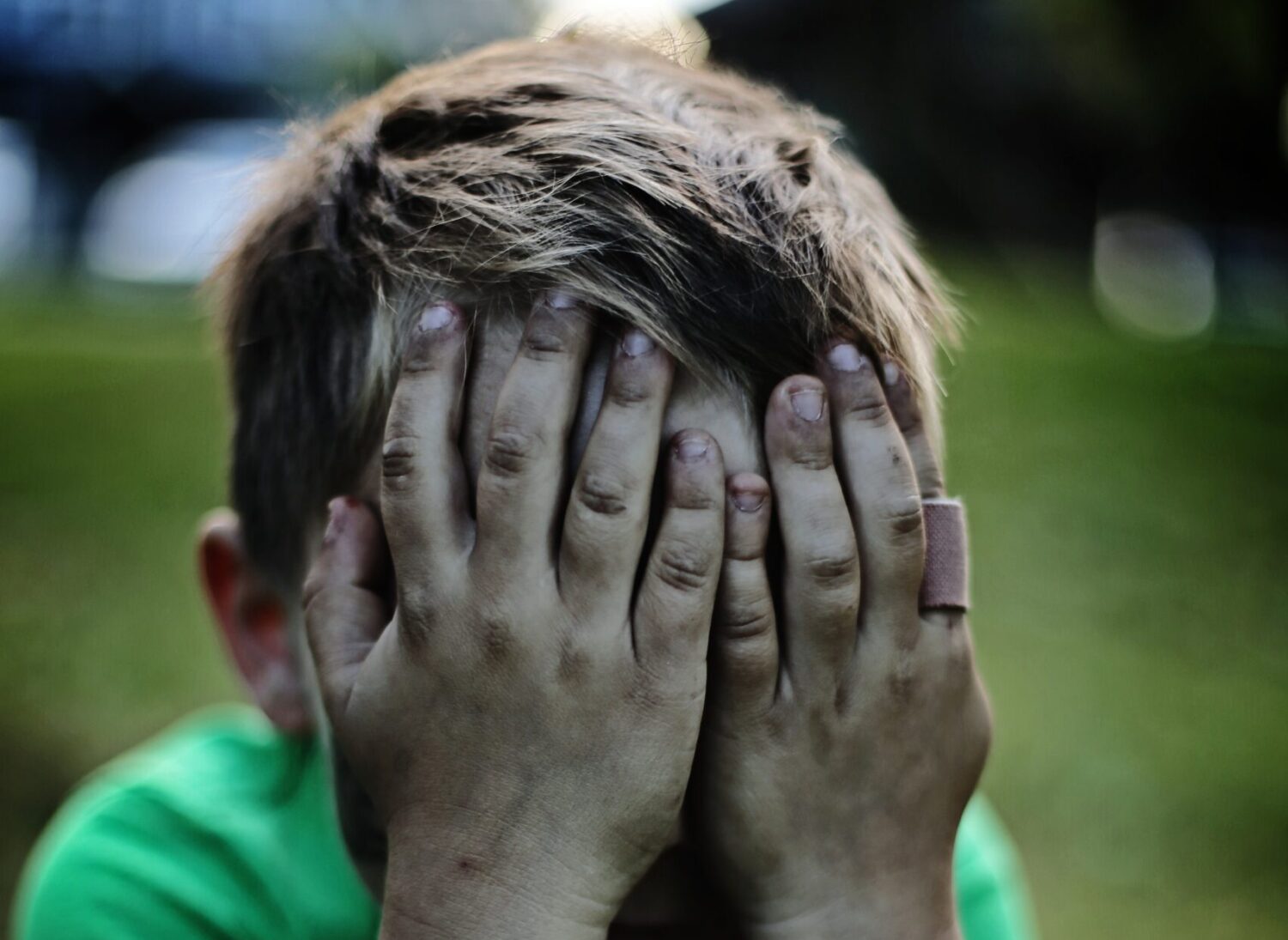Understanding Turner Syndrome and Its Impact on Children
Have you ever heard of Turner Syndrome? If not, don’t worry – it’s a genetic condition that isn’t widely discussed. But for the families affected by it, Turner Syndrome can have a big impact, especially on children. The surprising thing about this syndrome is, it only affects females only because males normally have one X and one Y chromosome. Let’s find more about it.
- Description of Turner Syndrome
- What Are Some Major Turner Syndrome Causes?
- 1. Missing X Chromosome (monosomy X)
- 2. Mosaic Turner Syndrome
- 3. Structural Abnormalities of the X Chromosome
- Turner Syndrome in Children vs Adults
- Turner Syndrome Treatment
- 1. Growth Hormone Therapy
- 2. Estrogen Replacement Therapy
- 3. Educational Support
- 4. Speech Therapy
- 5. Psychological Counseling
- FAQs
Description of Turner Syndrome
It is a chromosomal condition that affects female development. Typically, females have two complete X chromosomes. But with Turner Syndrome, one of the X chromosomes is either missing or partially missing.
This single X chromosome is what causes the variety of symptoms and developmental issues associated with the condition. In other words, it’s a genetic disorder that only impacts females.
What Are Some Major Turner Syndrome Causes?
1. Missing X Chromosome (monosomy X)
This is the most common type, where a girl has only one X chromosome instead of the usual two. The missing chromosome usually occurs randomly without a specific reason.
2. Mosaic Turner Syndrome
In this case, some cells have both X chromosomes while others have only one. The severity of symptoms depends on the proportion of cells with the missing chromosome.
3. Structural Abnormalities of the X Chromosome
Sometimes, a portion of one X chromosome is missing or rearranged, leading to similar features as Turner syndrome.
Turner Syndrome in Children vs Adults
| Features of Turner Syndrome | Children | Adults |
|---|---|---|
| Short stature | Most are shorter than peers, becomes more noticeable with age | Remain short even with treatment |
| Puberty | Delayed or absent naturally, hormone therapy often needed | Not applicable |
| Learning difficulties | Common, especially in math and spatial reasoning | Can persist, but support strategies available |
| Heart defects | Up to 50% have a heart defect at birth | Increased risk of heart issues later in life |
| Kidney problems | Common | Increased risk of kidney problems |
| Other physical features | Webbed neck, low hairline, swollen hands/feet | May persist, but some features less noticeable |
| Infertility | Most are unable to conceive naturally | Remain infertile without assisted reproductive technologies |
| Health risks | Osteoporosis, thyroid problems, hearing loss | Same as above, plus increased risk of diabetes, stroke, and autoimmune diseases |
| Psychological challenges | Possible due to social and emotional difficulties | May persist, but support resources available |
| Growth hormone therapy | Often used to promote growth and development | May be continued in some cases |
| Hormone replacement therapy (HRT) | May be needed to induce puberty and manage symptoms | Often continued throughout life |
| Social and emotional needs | Support and guidance crucial for development and self-esteem | Ongoing support and resources still relevant |
Turner Syndrome Treatment
When it comes to treating Turner Syndrome, there is no one-size-fits-all cure. But there are various treatments and therapies that can help manage the different symptoms and developmental impacts. Let us explain some of the most common ones:

1. Growth Hormone Therapy
One of the main concerns with Turner Syndrome is short stature. To help girls grow taller, synthetic growth hormone injections are often prescribed at an early age. This therapy can add a few inches over several years of treatment.
2. Estrogen Replacement Therapy
Girls with Turner Syndrome sometimes need hormone therapy to initiate and maintain puberty. Estrogen supplements can be taken as a pill or patch to promote breast development, menstrual periods, and other sexual characteristics.
3. Educational Support
Many girls with Turner benefit from academic assistance like special education classes, tutors, or learning strategies. This helps them overcome any learning disabilities or developmental delays impacting their education.
4. Speech Therapy
Issues with hearing, language skills, and communication are common. Working with a speech therapist can improve articulation abilities and comprehension.
5. Psychological Counseling
The psychological and social challenges of Turner Syndrome are significant. Counseling and therapists provide emotional support to build self-esteem and navigate peer relationships.
FAQs
What are the major Turner disease symptoms?
Turner syndrome can cause a variety of symptoms that include:
- Short stature
- Delayed puberty
- Learning difficulties
- Heart defects
- Kidney problems
Is there any cure for Turner Syndrome?
Unfortunately, there is no current cure for Turner syndrome. However, there are effective treatments available to manage the various symptoms like:
- Growth hormone therapy
- Hormone replacement therapy (HRT)
- Surgery
Are there any famous people with Turner Syndrome?
Yes, the list is long but we are naming some of the most famous ones:
- Linda Hunt
- Caren Marsh Doll
- Melissa Crisp
- Missy Marlowe
- Janette Cranky
Sources:
https://www.mayoclinic.org/diseases-conditions/turner-syndrome/diagnosis-treatment/drc-20360783
https://www.nhs.uk/conditions/turner-syndrome/treatment/
https://www.discoverwalks.com/blog/world/15-famous-people-who-thrived-with-turner-syndrome/





